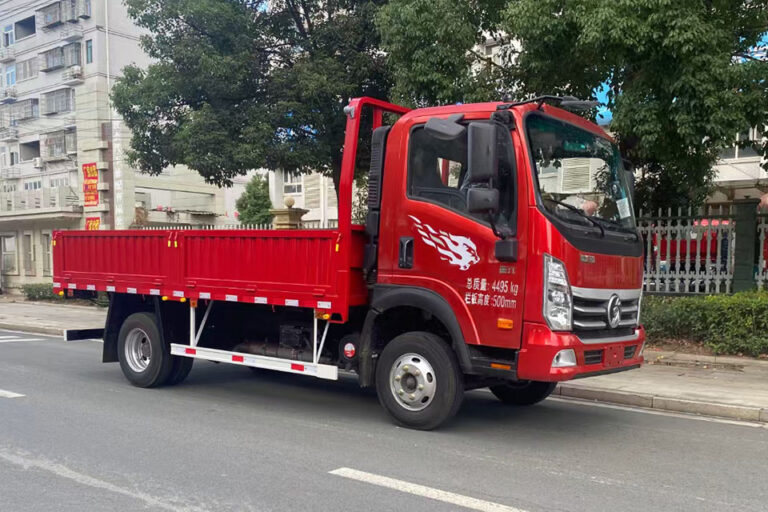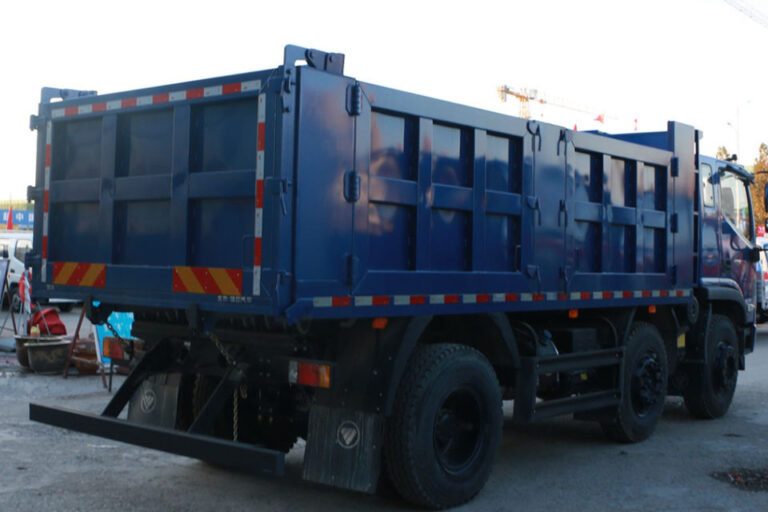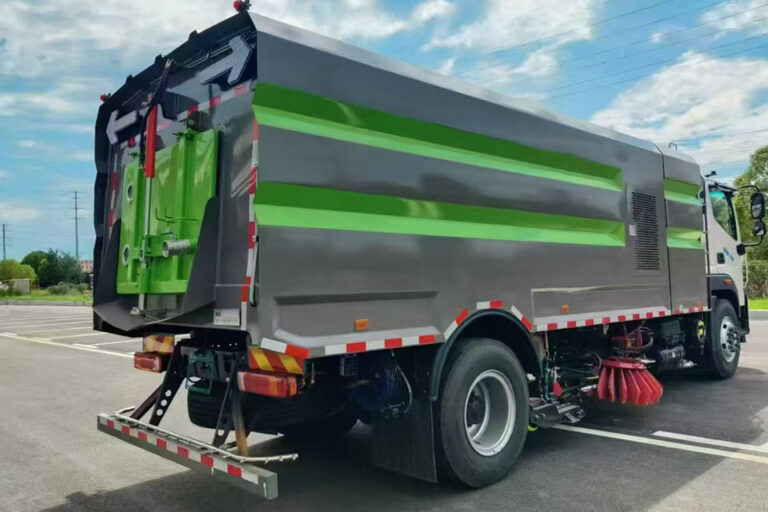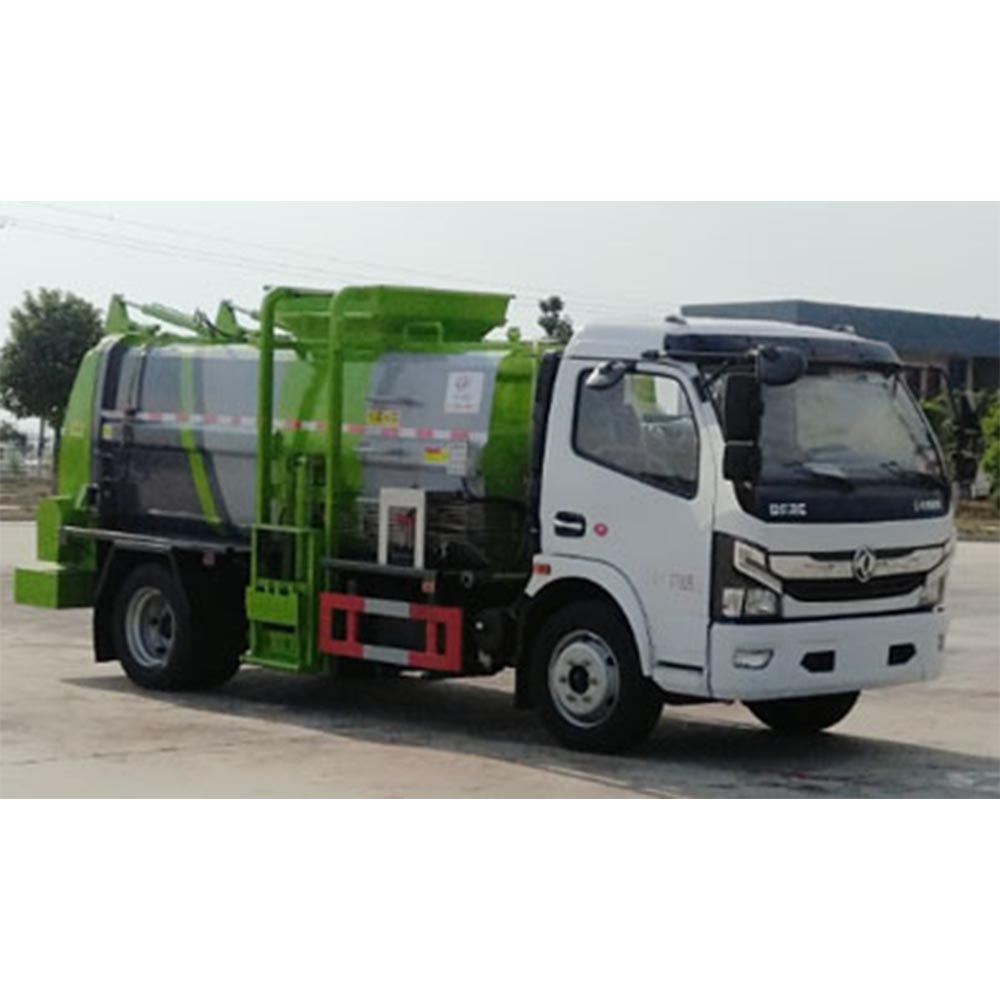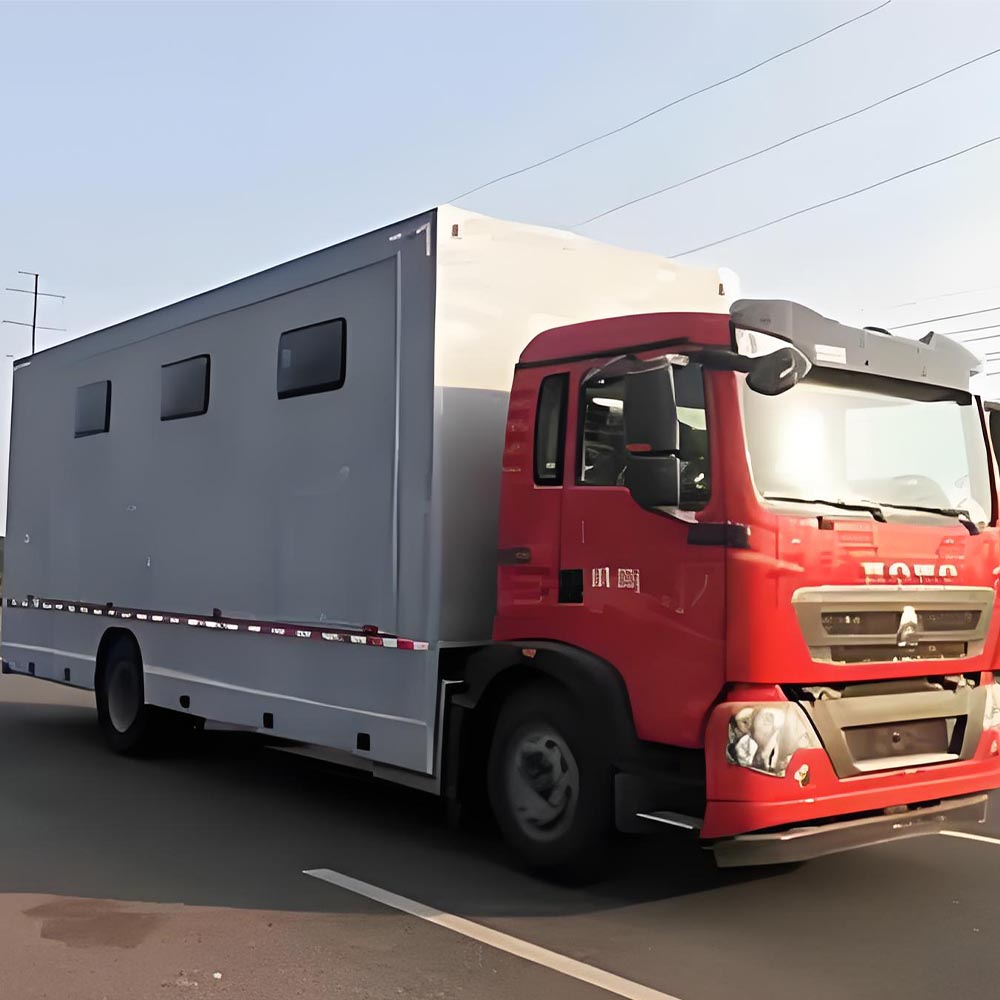-
Chengli Automobile Industry Park

What is a semi-low bed trailer?
What Is a Semi-Low Bed Trailer? The Ultimate Guide
Table of Contents
Introduction
A semi-low bed trailer is a special kind of trailer that has a very low cargo platform. People also call it a lowboy or low loader trailer. These trailers are made to carry very big and heavy things. The platform is lower than regular trailers. This makes it good for moving tall or odd-shaped cargo like big machines for building things.
Key Features of Semi-Low Bed Trailers
Low Deck Height
The most important part of a semi-low bed trailer is its low deck. The bed drops down between the wheels and the front part. This makes it easier to load tall things. There is more space between the top of the cargo and bridges or power lines on the road.
Swan-Neck Design
The front part of these trailers has a swan-neck shape. This part connects to the truck that pulls it. The swan-neck helps balance the weight and keeps the trailer stable when moving big loads.
No Sidewalls
The low bed part has no walls on the sides. This makes it easy to load and unload big machines from any side of the trailer.
Axle Options
Semi-low bed trailers can have different numbers of axles:
- 2-axle models – good for lighter loads
- 3-axle models – most popular size
- 4-axle models – for very heavy loads
The more axles a trailer has, the more weight it can carry safely.
Types of Semi-Low Bed Trailers
By Axle Configuration
| Axle Type | Load Capacity | Best Use | Market Share |
|---|---|---|---|
| 2-axle | 20-60 tons | Small equipment | Growing segment |
| 3-axle | 25-80 tons | Medium loads | Market leader |
| 4-axle | Up to 140 tons | Extra heavy loads | 6.3% CAGR growth |
The 3-axle design is the most common in the market today. But the 4-axle models are growing faster as companies need to move bigger loads.
Market Growth
The market is projected to reach $5.7B by 2030, with a CAGR of 6.3%.
Axle Configuration
By Frame Design
Semi-low bed trailers come with three main frame types:
- Flat frame – simple design
- Gooseneck frame – better for weight balance
- Recessed beam frame – lowest deck height
Each type works best for different kinds of loads and roads.
Common Uses for Semi-Low Bed Trailers
These special trailers help move many kinds of big equipment:
- Crawler cranes
- Excavators
- Bulldozers
- Railroad equipment
- Construction machines
- Big industrial parts
Any time someone needs to move something that is very big, very heavy, or very tall, a semi-low bed trailer is often the best choice.
Semi-Low Bed Trailer Market Growth
The market for these trailers is growing fast. Here are some key facts:
- The Low-Bed Trailer Market was worth $3.5 Billion in 2022
- It will grow to $5.7 Billion by 2030
- The growth rate is 6.3% per year
- Asia-Pacific is the fastest-growing region for these trailers
- 3-axle models are the most popular worldwide
This growth shows how important these trailers are for moving big equipment as countries build more roads, buildings, and power plants.
How to Choose the Right Semi-Low Bed Trailer
When picking a semi-low trailer, think about these things:
Load Weight
First, know how heavy your loads will be:
- Light loads (under 25 tons) – 2-axle trailer works fine
- Medium loads (25-50 tons) – 3-axle trailer is best
- Heavy loads (51-100 tons) – need 4-axle or more
- Super heavy (over 100 tons) – special multi-axle trailer
Most companies move loads in the 25-50 ton range, making 3-axle trailers the most popular.
Cargo Size
Think about how big your loads will be:
- How tall?
- How wide?
- How long?
Some semi-low bed trailers can be made longer for extra-long cargo like wind turbine blades or bridge parts.
Road Rules
Each place has different rules about:
- Weight limits on roads
- How wide loads can be
- When you can move big loads
- What permits you need
Make sure your trailer works with the rules where you will drive it.
Latest Trends in Semi-Low Bed Trailers (2025)
The world of semi-low bed trailers is changing fast. New trends include:
- 4-axle trailers are becoming more popular for bigger loads
- Air suspension systems make rides smoother and safer
- Extendable designs that can change length for different loads
- Lightweight materials to carry more cargo weight
- Smart tracking systems to watch cargo and trailer health
These new features help companies move big loads more safely and easily.
Difference Between Low Bed and Semi-Low Bed Trailers
Many people mix up low bed and semi-low bed trailers. Here are the main differences:
| Feature | Low Bed Trailer | Semi-Low Bed Trailer |
|---|---|---|
| Deck height | Very low (12-18 inches) | Low but higher (18-24 inches) |
| Load capacity | Highest capacity | High capacity |
| Maneuverability | Less maneuverable | More maneuverable |
| Cost | More expensive | Less expensive |
| Best for | Extremely tall loads | Most oversized loads |
For most jobs, a semi-low bed trailer works well and costs less.
Case Study: 4-Axle Semi-Low Bed Revolution
In 2025, new 4-axle semi-low bed trailers changed how companies move very heavy things. One company needed to move a 110-ton machine across a state with strict road rules. They used a new 4-axle model with air suspension.
Results:
- They moved the load without special road permits
- The air suspension kept the machine safe from bumps
- They saved 30% on transportation costs
- The job finished two days faster than planned
This shows how the new 4-axle designs solve real problems for heavy hauling.
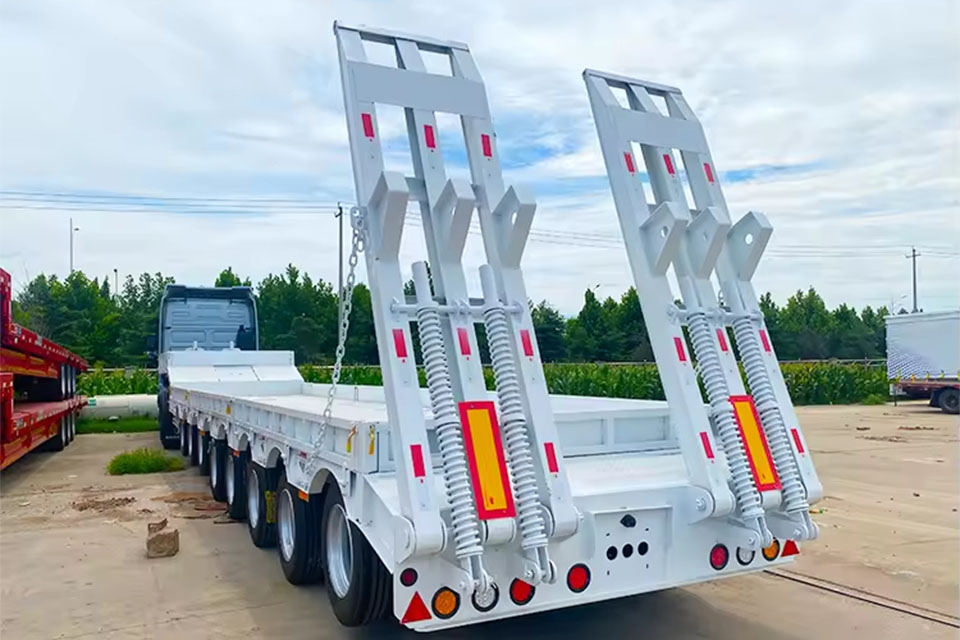
Conclusion
Semi-low bed trailers are very important for moving big, heavy things. With options from 2 to 4 axles and load limits from 20 to 140 tons, they help many industries move their biggest equipment safely.
The market for these trailers keeps growing. New designs with air suspension, extendable beds, and smart tracking make them even better. Whether you need to move a small bulldozer or a giant transformer, there is a semi-low bed trailer that can do the job.
When choosing a trailer, think about your load weight, size, and the roads you’ll use. The right trailer will make moving big cargo safer, easier, and cheaper.
For more information about the trucks that pull these trailers, check out our article on Tractor Units for Semi-Trailers. If you need to move construction equipment, our guide to Material Handling Vehicles can help. And for specialized trailer options, see our complete Semi-trailer collection.
Frequently Asked Questions
What is the difference between a lowboy and a semi-low bed trailer?
They are two names for the same thing. Both mean a trailer with a very low deck.
How much can a semi-low bed trailer carry?
Depending on the model, from 20 tons to over 140 tons.
Do I need a special license to drive a truck with a semi-low bed trailer?
Yes, you need a commercial driver’s license with proper endorsements.
How tall can loads be on a semi-low bed trailer?
With permits, loads can be up to 14-16 feet tall, but this varies by location.
Are semi-low bed trailers only for construction equipment?
No, they move many things including industrial machinery, wind turbine parts, and military equipment.


